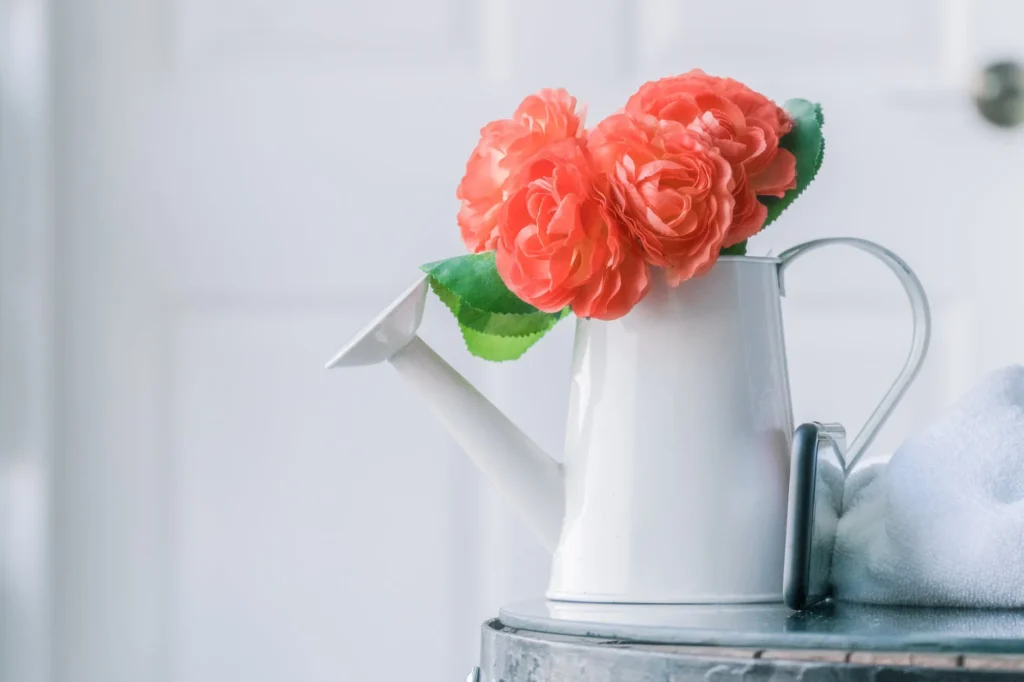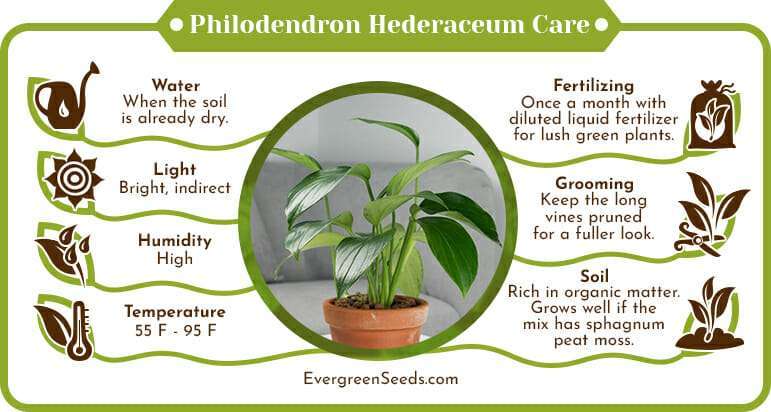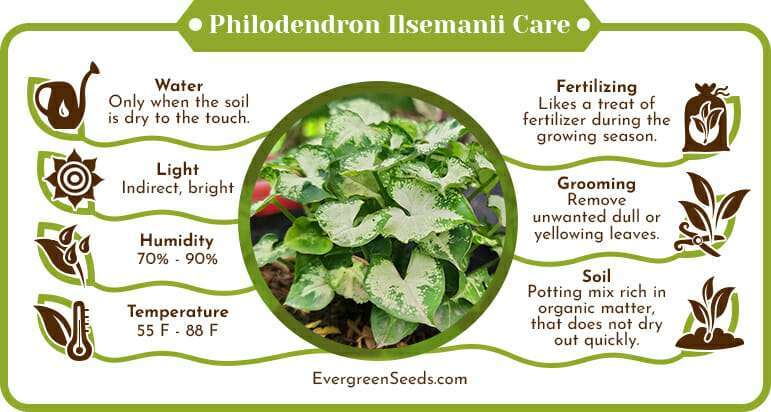The Ultimate Guide to Philodendron Care: Keep Your Plant Thriving!
Unlock the secrets to thriving Philodendrons with our game-changing guide – your green thumb will thank you!

Image courtesy of Julian Paolo Dayag via Pexels
Bursting with vibrant foliage, the captivating philodendron plant has become a cherished companion for plant enthusiasts worldwide. If you’ve recently welcomed a philodendron into your home and are determined to see it flourish, you’ve come to the right place! In this ultimate guide, we will delve into the intricate world of philodendron care, equipping you with invaluable tips and insider secrets to keep your plants thriving and transform your home into a lush oasis.
Understanding the Philodendron Family
Before delving into specific care instructions, let’s take a moment to appreciate the vastness of the philodendron family. Comprising a diverse group of plants, philodendrons come in an array of species, each with its own distinct characteristics and growth patterns. From the heartleaf philodendron (P. hederaceum) to the majestic tree philodendron (P. bipinnatifidum), these plants have the ability to add an element of natural beauty to any living space.
Unlock Secrets to Philodendron Care: Subscribe Now!
Get exclusive tips and updates to ensure your Philodendron thrives beautifully.
Choosing the Perfect Philodendron
The first step in philodendron care begins with choosing the perfect variety for your home. Consider factors such as lighting conditions, available space, and personal preferences. Some philodendrons thrive in low light, while others prefer bright, indirect sunlight. Heartleaf philodendrons (P. hederaceum) and velvet-leaf philodendrons (P. melanochrysum) are popular choices renowned for their adaptability to various light conditions. When selecting a plant, look for healthy foliage, vibrant colors, and signs of robustness above and below the soil surface.
“Embrace the art of nurturing and watch your philodendron thrive, as we unveil the ultimate guide to #PhilodendronCare. Unlock the secrets to keeping your plant flourishing for a lifetime of green bliss. 🔗 Visit our blog for transformative insights: [insert link]”
Nurturing Your Philodendron’s Health
Now that you have selected your ideal philodendron let’s focus on the key aspects of maintaining its overall health.

Image courtesy of www.evergreenseeds.com via Google Images
Watering Techniques
Philodendrons have specific watering needs that require attention to detail. Aim for a balanced approach by allowing the top inch of soil to dry out before watering again. Overwatering can lead to root rot, while underwatering may cause stress and leaf drooping, so finding the right balance is crucial. Additionally, ensure proper drainage by using well-draining soil and pots with drainage holes.
Light Exposure
Light is an essential ingredient for the growth and development of any plant, and philodendrons are no exception. Most species thrive in bright, indirect light, but excessive direct sunlight can scorch their delicate leaves. Find a location in your home where the philodendron receives adequate but gentle light, preferably without direct exposure to harsh rays. Adjust the position of your plant accordingly if you notice signs of too much or too little light.
Humidity Requirements
Hailing from the tropical regions of Central and South America, philodendrons adore humidity. While they can tolerate average household humidity levels, providing extra moisture will reward you with lusher growth. Increase humidity by misting the leaves regularly or placing the plant on a tray filled with pebbles and water. Grouping your philodendron with other plants also creates a microclimate of increased humidity.
Soil Composition
The right soil composition plays a vital role in providing the necessary nutrients and moisture for your philodendron’s well-being. Opt for a well-draining potting mix rich in organic matter. A mixture of peat moss, perlite, and compost is an excellent choice as it retains moisture while ensuring proper drainage, and preventing waterlogged roots.
Temperature Preferences
Philodendrons prefer temperatures between 65°F to 85°F (18°C to 29°C). Avoid exposing your plant to drafts or sudden temperature fluctuations, as these can cause stress and hinder growth. Shield your philodendron from cold drafts during winter, and keep it away from heating vents that generate excessive dryness.
Repotting and Propagation
Over time, your philodendron will outgrow its current pot and require repotting for continued growth. Repotting provides space for the roots to expand and ensures the plant can access fresh nutrients. Here’s how to repot your philodendron:
Step 1: Choose the Right Pot
Select a container that is one size larger than the current pot. Ensure the new pot has drainage holes to prevent waterlogging. A pot with sufficient drainage promotes aeration and prevents root rot.
Step 2: Prepare the Soil
Use a well-draining potting mix, which provides ample airflow to the roots. Mix equal parts peat moss, perlite, and compost to create a nutrient-rich growing medium.
Step 3: Carefully Remove the Plant
Gently loosen the plant from its current pot by tapping the sides. Be cautious not to damage the roots. If the roots are densely packed or tangled, gently tease them apart with your fingers or a sterile tool.
Step 4: Place in the New Pot
Position the philodendron in the center of the new pot, ensuring it sits at the same depth as before. Fill the remaining space with the prepared potting mix, gently pressing it down to eliminate air pockets.
Step 5: Water and Settle
Thoroughly water the newly repotted philodendron until water flows through the drainage holes. Allow the plant to settle in its new environment, placing it in its recommended light and temperature conditions.
Propagation is another exciting aspect of philodendron care. Here are some common methods:
Stem or Leaf Cuttings
Select a healthy stem with several leaves or a leaf node. Cut just below a node and place the cutting in a jar of water or directly in a moist potting mix. After a few weeks, roots will form, and a new plant will emerge.
Air Layering
This method works well for larger philodendrons. Select a mature stem and make a small incision below a node. Add some rooting hormone to the incision and wrap it with damp sphagnum moss. Finally, cover it with plastic to retain moisture. After roots appear, cut the stem below the moss and pot it up as a new plant.
Division
Division is an excellent propagation method for philodendrons with multiple stems or a clumping growth habit. Carefully separate the sections, ensuring each has roots attached. Pot them individually and provide proper care.
Treating Common Philodendron Problems
Despite your best efforts, philodendrons may encounter a few hurdles along the way. Here are some common issues and their remedies:

Image courtesy of www.evergreenseeds.com via Google Images
Pest Infestations
Aphids, spider mites, and mealybugs are common pests that can target philodendron plants. Combat them with organic pest control methods, such as using insecticidal soap or wiping the leaves with a mixture of water and mild dish soap.
Root Rot
Overwatering or insufficient drainage can lead to root rot, characterized by discolored or mushy roots. To rectify the situation, remove the plant from the pot, trim off any infected roots, and repot it in fresh, well-draining soil.
Leaf Discoloration
Yellowing leaves may indicate overwatering, while brown, crispy leaves can be a sign of underwatering or excessively dry air. Adjust your watering routine and monitor humidity levels to resolve leaf discoloration issues.
Philodendron Etiquette: Toxicity and Pet Safety
While philodendrons are stunning houseplants, it is crucial to be aware that certain varieties contain calcium oxalate crystals, which can be toxic to pets and young children. If you have furry friends or young children at home, consider pet-friendly philodendron options like the “Swiss Cheese Vine” (P. obliqua) or “Golden Gate Philodendron” (P. brasil).
Unlock Secrets to Philodendron Care: Subscribe Now!
Get exclusive tips and updates to ensure your Philodendron thrives beautifully.
Conclusion
With the ultimate guide to philodendron care, you are now equipped with the knowledge and techniques needed to cultivate thriving and beautiful plants. Take the time to select the perfect variety, provide the right conditions, and watch in awe as your philodendron flourishes, transforming your home into a verdant oasis of natural beauty. Enjoy the journey and the rewarding experience of nurturing these magnificent plants!
